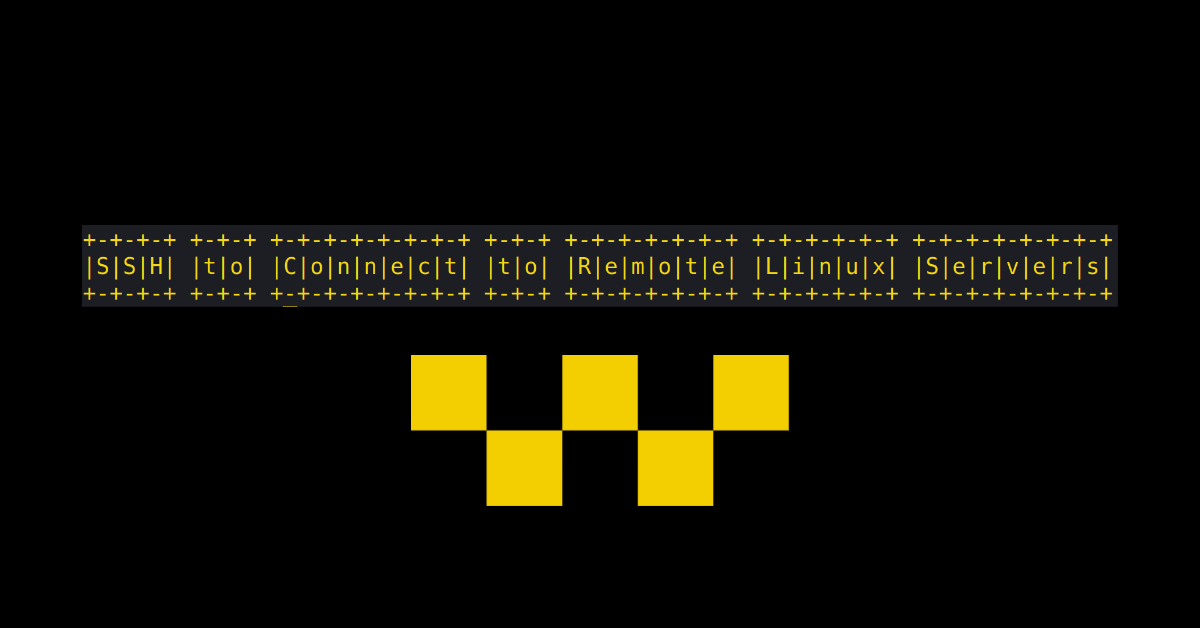How to Use SSH to Connect to Remote Linux Servers?

Secure Shell (SSH) is a network protocol used to remotely access and manage Linux servers. SSH allows you to log into a remote server and execute commands, transfer files, and even create secure tunnels for other applications.
Installing SSH
Before you can use SSH, you need to make sure it is installed on both the local and remote machines. Most Linux distributions come with SSH pre-installed, but you can check by running the following command in the terminal:
which sshIf SSH is not installed, you can install it using your distribution’s package manager. For example, on Ubuntu and Debian, you can use the following command:
sudo apt-get install sshOn Red Hat, CentOS, and Fedora, use the following command:
sudo yum install sshGenerating SSH Keys
SSH keys are a more secure way of logging into a remote server than using a password. SSH keys consist of a private key and a public key. The private key is kept on the local machine, while the public key is uploaded to the remote server. When you try to log in, the remote server uses the public key to encrypt a message, which can only be decrypted by the corresponding private key.
You can generate a new SSH key pair using the ssh-keygen command. By default, ssh-keygen will create a new RSA key pair in the ~/.ssh directory.
ssh-keygen -t rsaUploading SSH Keys to the Remote Server
Once you have generated your SSH keys, you need to upload the public key to the remote server. The easiest way to do this is to use the ssh-copy-id command. This command will upload your public key to the remote server and add it to the authorized_keys file, which is used to authenticate SSH connections.
ssh-copy-id user@remote-serverConnecting to the Remote Server
Once your public key is uploaded to the remote server, you can log in using the ssh command. You will be prompted to enter your passphrase, which is used to encrypt the private key.
ssh user@remote-serverConclusion
SSH is a powerful tool that allows you to securely access and manage remote Linux servers. By following the steps outlined in this guide, you can easily set up SSH on your local and remote machines, generate and upload SSH keys, and connect to the remote server. With SSH, you can automate tasks, transfer files, and even create secure tunnels for other applications.





